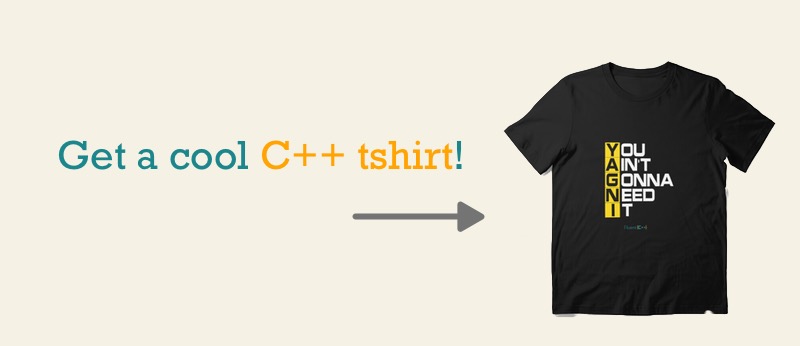Programming for Virtual Reality: Crafting Impressive 3D Spaces

Virtual Reality (VR) has transcended the realms of imagination, becoming an immersive medium that transports users to unprecedented digital landscapes. Behind the awe-inspiring 3D spaces lies the intricate world of programming, where the fusion of code and creativity gives rise to extraordinary virtual experiences.
In the realm of VR, programming is the backbone of creating captivating 3D spaces that captivate and engage users. This article delves into the multifaceted role of programming in crafting impressive VR environments, with a focus on accessibility and the use of CorelDRAW.
Understanding the Foundations
Before delving into the intricacies of programming for VR, it's crucial to understand the foundations of 3D space creation. VR programming involves the use of specialized languages such as C# and C , enabling developers to manipulate and control the virtual environment.
The Role of CorelDRAW in VR Design
One key player in the realm of VR design is CorelDRAW, a versatile graphic design software. Integrating CorelDRAW into VR programming workflows allows developers to seamlessly blend 2D and 3D elements, enhancing the visual appeal of virtual spaces. Whether it's creating detailed textures or designing intricate elements, CorelDRAW crack serves as a powerful tool in the VR designer's arsenal.
Designing for Accessibility in VR
Creating VR experiences that are accessible to all users is a fundamental consideration. Programming for accessibility involves implementing features that cater to users with diverse needs. This may include customizable user interfaces, voice commands, or haptic feedback for users with visual or auditory impairments. By weaving accessibility into the programming fabric, VR developers ensure that their 3D spaces are inclusive and enjoyable for everyone.
The Impact of Programming on User Interaction
VR is not merely about visual aesthetics; it's about user immersion and interaction. Programming defines how users navigate, interact, and experience the virtual world. From creating realistic physics for object interactions to programming intuitive controls, every line of code contributes to shaping the user's journey within the 3D space.
Challenges and Innovations in VR Programming
While VR programming opens doors to limitless creative possibilities, it comes with its set of challenges. Optimizing performance for seamless experiences, reducing motion sickness through refined programming techniques, and ensuring cross-platform compatibility are among the challenges developers face. However, these challenges also fuel innovations, pushing the boundaries of what's possible in VR programming.
Looking Ahead: The Future of VR Programming
As technology evolves, so does the landscape of VR programming. Emerging technologies like machine learning and AI are poised to revolutionize how 3D spaces are created and interacted with. The future holds exciting possibilities for VR developers, with continuous advancements ensuring that virtual reality remains a dynamic and ever-evolving domain.
Unlocking the Potential of CorelDRAW in VR Programming
CorelDRAW, a stalwart in graphic design, takes center stage in the VR programming arena. Its dynamic features empower developers to seamlessly integrate 2D and 3D elements, fostering a harmonious blend of creativity and functionality. From intricate textures to detailed design elements, CorelDRAW's contribution to VR design is unparalleled. This section explores how leveraging CorelDRAW elevates the visual aesthetics of VR environments.
Fostering Inclusivity: The Role of Accessibility Design in VR
Crafting VR spaces goes beyond visual appeal; it necessitates inclusivity. Accessibility design in VR programming involves implementing features that cater to users with diverse needs. Customizable interfaces, voice commands, and haptic feedback enhance the experience for users with visual or auditory impairments. By weaving accessibility into the programming fabric, VR developers ensure that their creations are enjoyed by a wide-ranging audience.
Programming for User Interaction: Shaping the Virtual Journey
At the heart of VR lies the user's journey through the virtual realm. Programming defines how users navigate, interact, and immerse themselves in 3D spaces. Realistic physics for object interactions, intuitive controls, and seamless navigation are outcomes of meticulous programming. This section explores how the intricacies of coding impact user interaction, making the virtual journey memorable and engaging.
Overcoming Challenges in VR Programming: Innovation at the Forefront
While VR programming offers boundless creative possibilities, it comes with its set of challenges. Optimizing performance, mitigating motion sickness, and ensuring cross-platform compatibility are ongoing considerations. Yet, these challenges spark innovation, propelling VR programming into uncharted territories. This section sheds light on the challenges faced by developers and the innovative solutions that drive the field forward.
Peering into the Future: The Evolution of VR Programming
As technology evolves, so does VR programming. Emerging technologies like machine learning and AI are poised to reshape how 3D spaces are created and interacted with. The future promises exciting possibilities, with continuous advancements ensuring that VR remains a dynamic and ever-evolving domain. This section speculates on the trajectory of VR programming and the potential innovations on the horizon.
In conclusion, the symbiotic relationship between artistry and code is at the core of crafting impressive 3D spaces in virtual reality. CorelDRAW's integration adds an artistic touch to the technical realm, while a steadfast commitment to accessibility ensures that VR experiences are enjoyed by a diverse audience. As VR continues to push the boundaries of innovation, the role of programming remains pivotal in shaping the future of digital landscapes. This final section encapsulates the essence of the article, emphasizing the importance of the creative and technical interplay in the vibrant world of VR programming.

